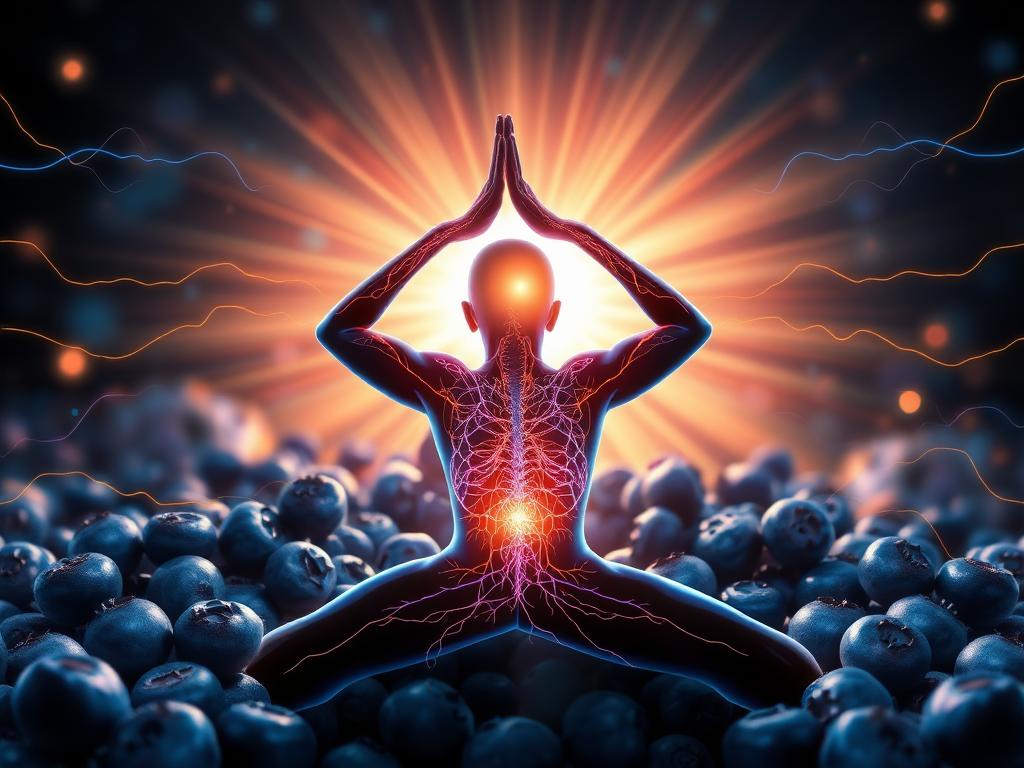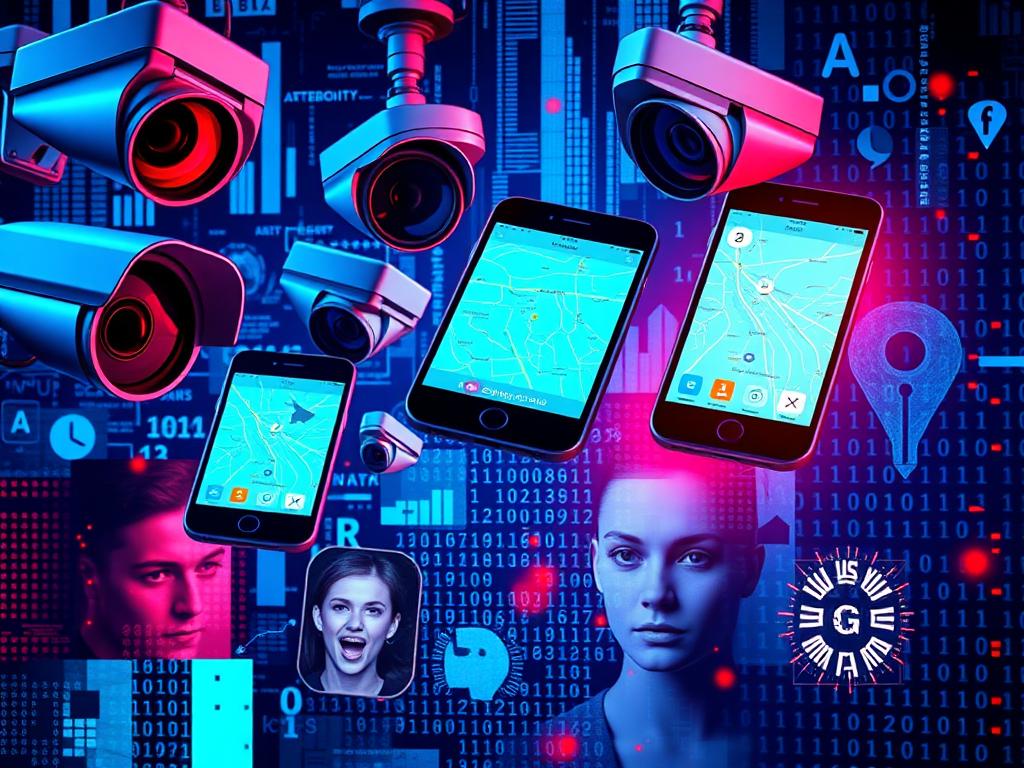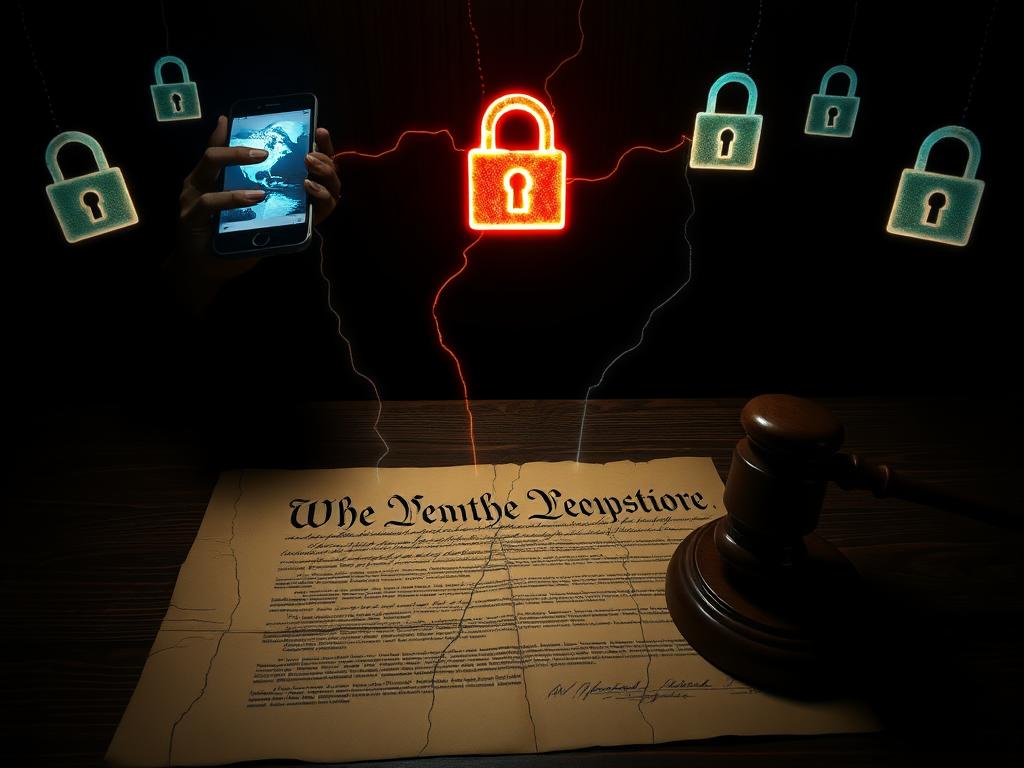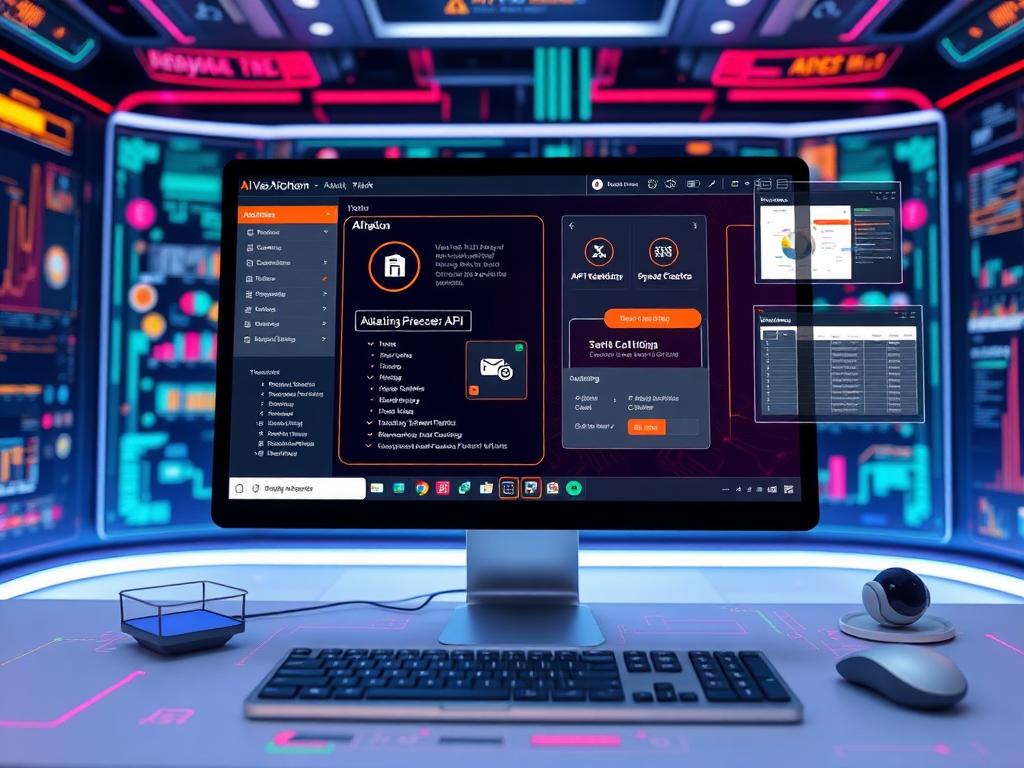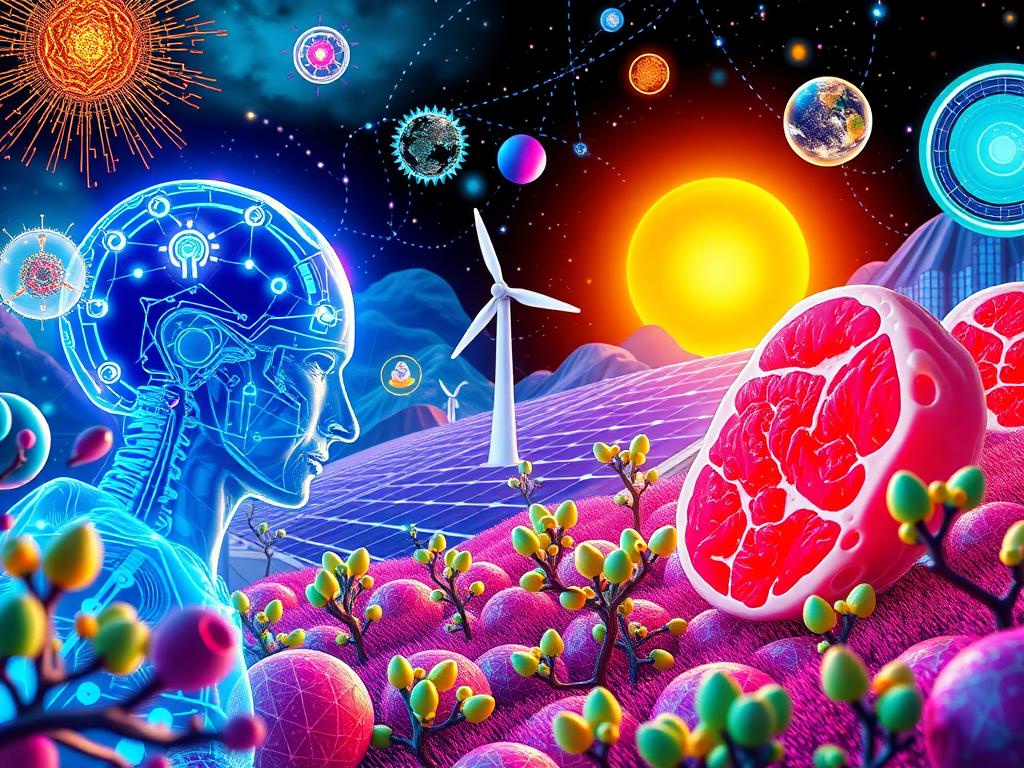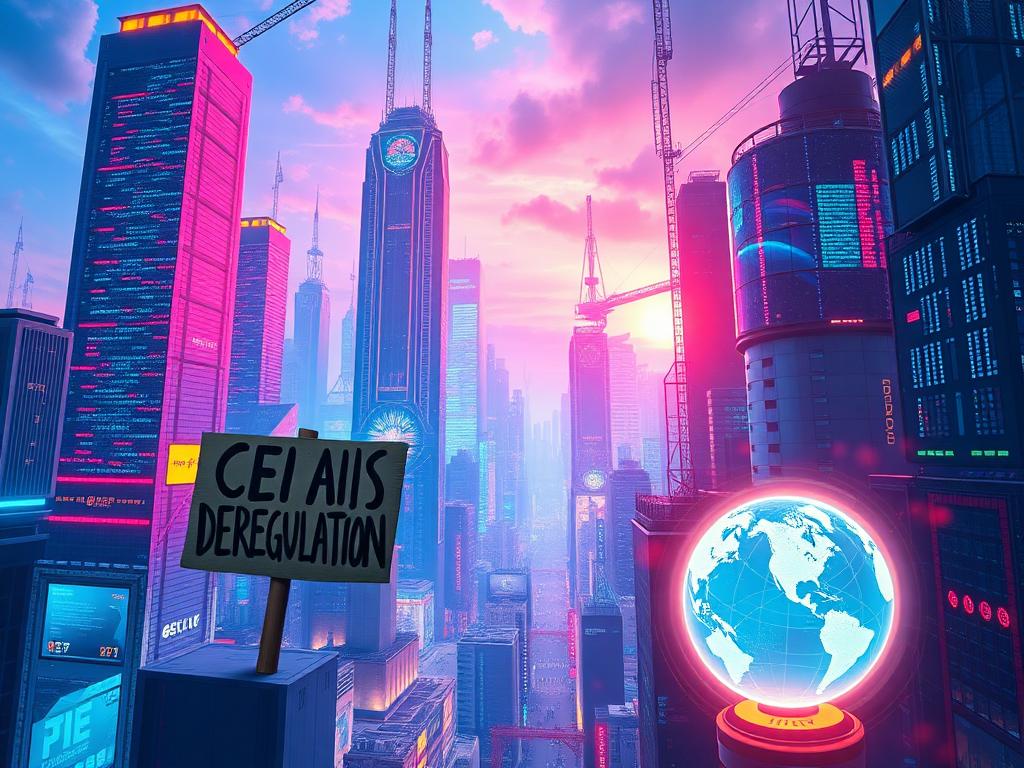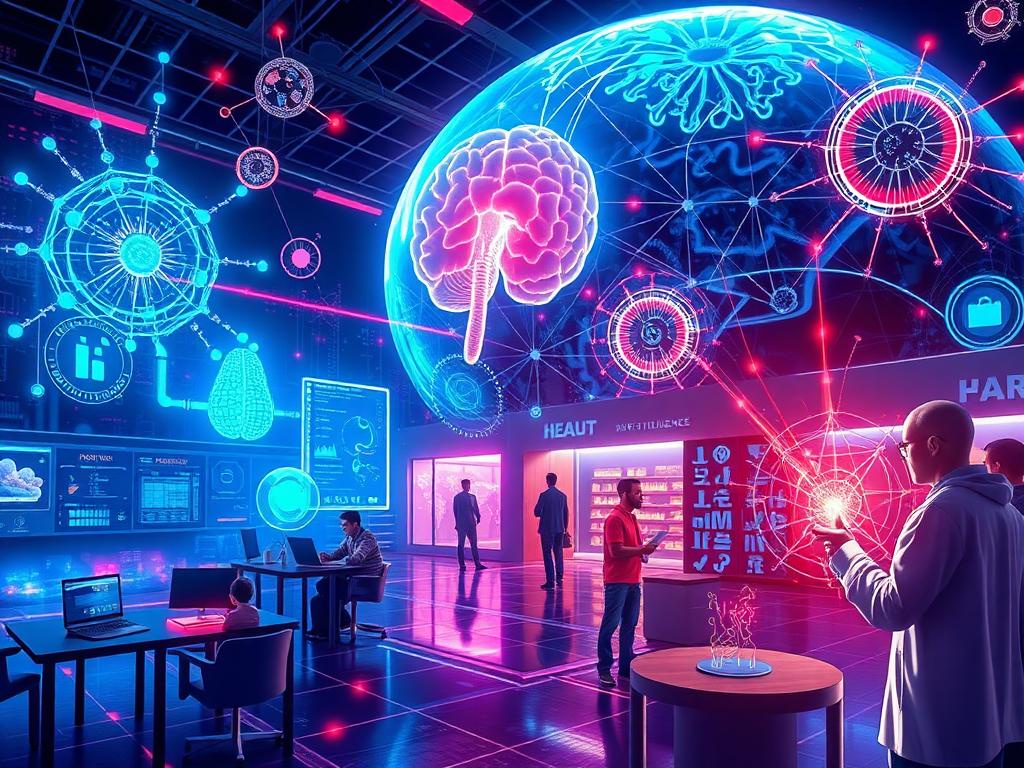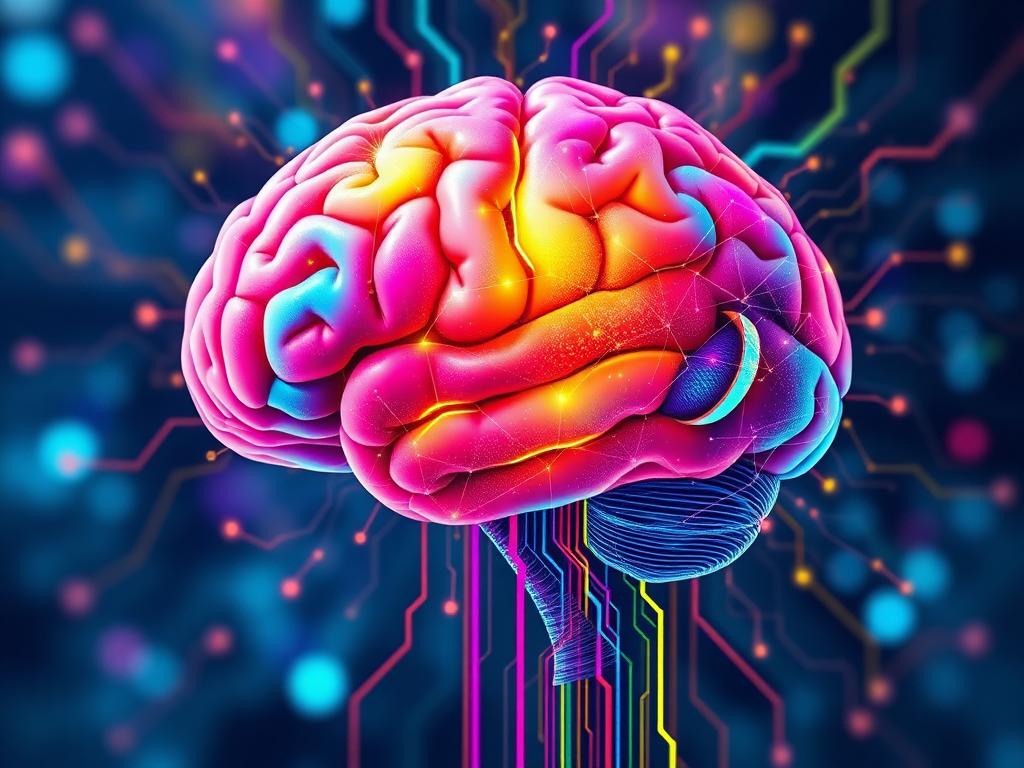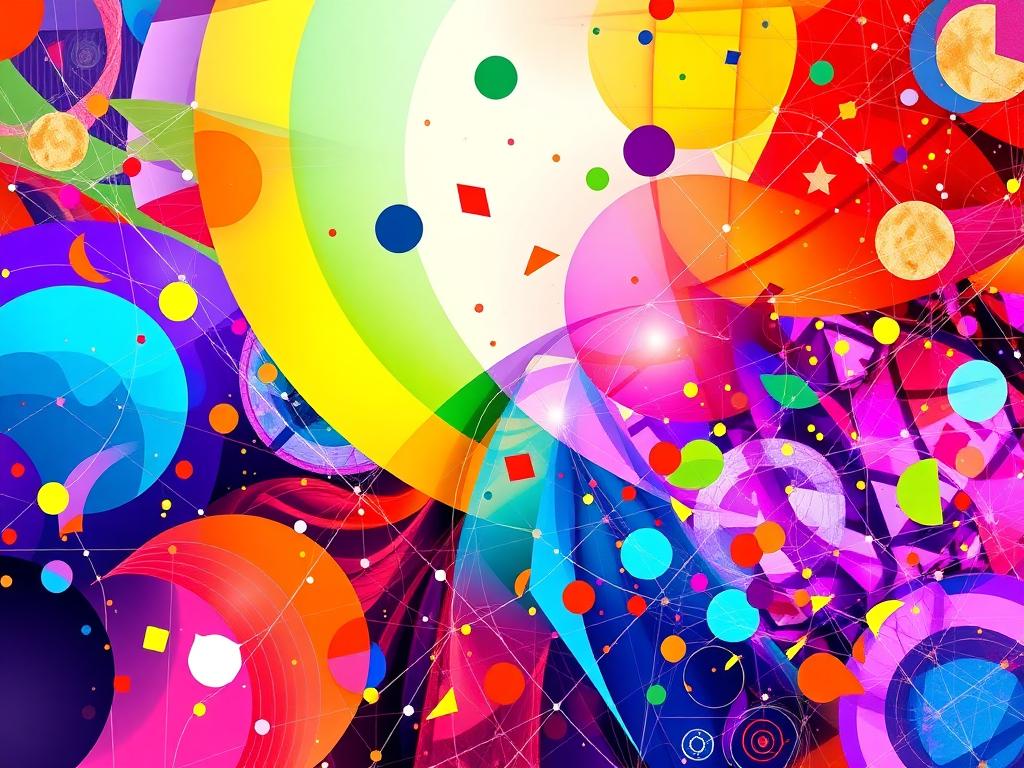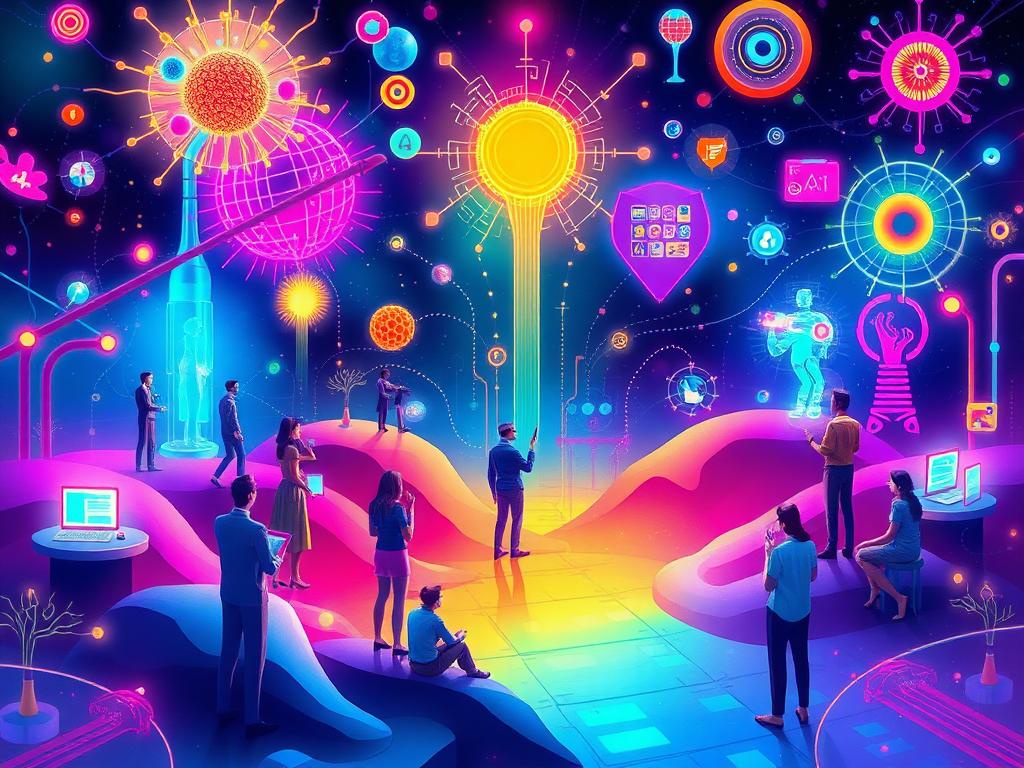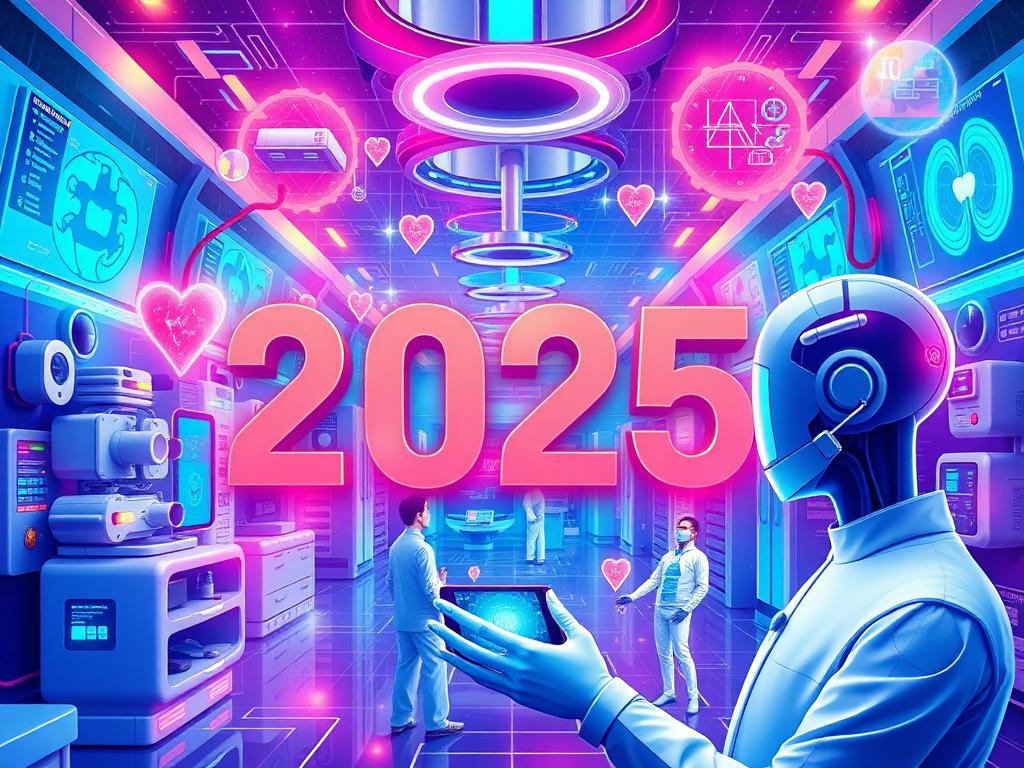
6 Ways to Spot AI-Generated Content
Discover six expert tips to identify AI-generated images and videos. Stay protected from scams and fake news in the digital age.
Introduction
Artificial intelligence is everywhere these days, and it’s crucial to distinguish between what’s real and what’s not. Falling prey to scams, fake news, or misleading content can be costly. In this article, we’ll explore six practical tips to help you identify whether an image or video is AI-generated.
1. Use Your Brain
The first step is simple yet powerful: use your brain. Whenever you encounter online content, pause and ask yourself if it makes sense in the context of the world you live in. For example, in 2023, a viral image of the Pope attending the Met Gala surfaced. While it looked convincing, a moment of critical thinking revealed it was AI-generated. Ask yourself: Would the Pope really attend such an event? If the answer is no, it’s likely fake.
2. Look at the Hands
AI still struggles with rendering hands realistically. If you spot an image or video, zoom in on the hands. Are there too many fingers? Do the fingers look fused or oddly shaped? These are telltale signs of AI-generated content.
3. Look at the Eyes
Eyes are another area where AI falters. Realistic eyes are complex, and AI often struggles with their alignment, lighting, and expression. If the eyes appear lifeless, overly wide, or just odd, the content is likely AI-generated.
4. Check Proportions
AI creates images by piecing together separate elements, sometimes leading to disproportionate results. If you notice a person with an unusually long neck, oversized limbs, or mismatched body parts, it’s a strong indicator of AI manipulation.
5. Look at the Text
AI has difficulty generating coherent text. If you see letters or symbols that look like a jumbled soup or appear melted, the content is likely AI-generated. Always zoom in on text elements like billboards or signs to check for irregularities.
6. Watch for Perfection
Reality is imperfect, and AI-generated content often looks too flawless. If an image or video features flawless skin, hair, and composition without a single blemish, it’s probably AI-generated. Perfection is a red flag in the real world.
Conclusion
As AI technology advances, spotting fake content will become increasingly challenging. By using these six tips, you can protect yourself from scams and misinformation. Stay vigilant, stay informed, and always question the authenticity of the content you consume. Follow us for more insights on navigating the digital world safely.




